Introduction
Disasters like floods, fires, and earthquakes can strike without warning, leaving devastation in their wake. Knowing how to respond in these situations can mean the difference between life and death. In this guide, we’ll provide disaster survival tips for floods, fires, and earthquakes to help you stay safe and prepared in any crisis.
From creating an emergency plan to knowing what to do during and after a disaster, these tips will empower you to protect yourself, your family, and your property. Let’s dive in and ensure you’re ready for anything!
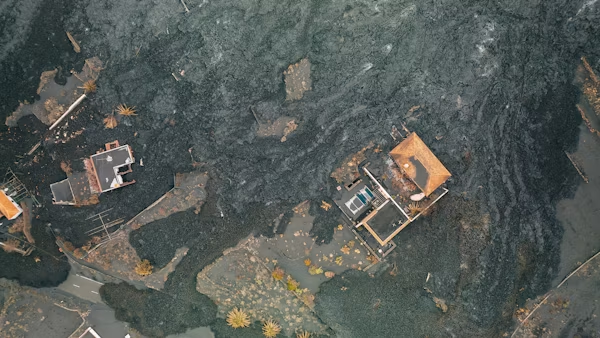
Why Disaster Survival Tips Are Essential
Disasters are unpredictable, but being prepared can save lives and reduce damage. These will help you:
- Stay Safe: Protect yourself and your loved ones during emergencies.
- Minimize Damage: Take steps to safeguard your home and belongings.
- Recover Faster: Know what to do after a disaster to restore normalcy.
By following these disaster survival tips, you can face any crisis with confidence.
Flood Survival Tips
Floods are one of the most common and destructive natural disasters. Here’s how to stay safe:
Before a Flood
- Know Your Risk: Check if your area is prone to flooding.
- Create an Emergency Kit: Include water, non-perishable food, flashlights, and a first aid kit.
- Elevate Utilities: Raise electrical panels, heaters, and appliances above potential flood levels.
- Install Flood Barriers: Use sandbags or barriers to prevent water from entering your home.
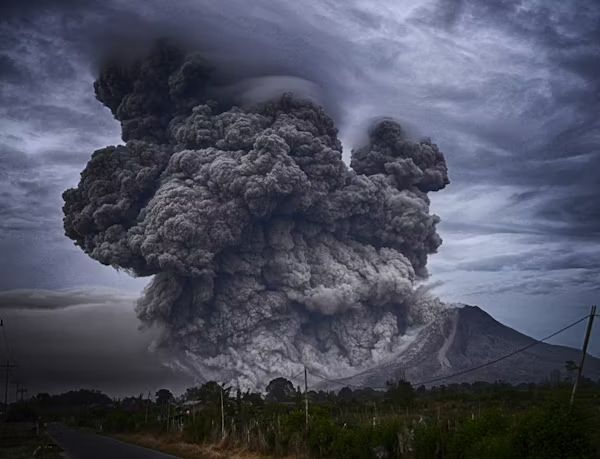
During a Flood
- Evacuate if Advised: Follow local authorities’ instructions and move to higher ground.
- Avoid Walking or Driving Through Floodwaters: Just 6 inches of moving water can knock you down, and 12 inches can sweep away a car.
- Stay Informed: Listen to weather updates and emergency alerts.
After a Flood
- Return Home Only When Safe: Wait for authorities to declare it safe.
- Inspect for Damage: Check for structural damage and gas leaks before entering your home.
- Document Damage: Take photos for insurance claims.
Fire Survival Tips
Fires can spread quickly, leaving little time to react. Here’s how to protect yourself:
Before a Fire
- Install Smoke Alarms: Place them on every level of your home and test them monthly.
- Create a Fire Escape Plan: Identify two exits from every room and practice evacuation drills.
- Clear Brush and Debris: Maintain a defensible space around your home to reduce wildfire risk.
During a Fire
- Evacuate Immediately: Don’t stop to collect belongings.
- Stay Low: Crawl under smoke to avoid inhaling toxic fumes.
- Close Doors: This can slow the spread of fire and smoke.

After a Fire
- Wait for Clearance: Don’t return home until authorities say it’s safe.
- Inspect for Damage: Check for structural damage and gas leaks.
- Contact Your Insurance Company: File a claim and document the damage.
Earthquake Survival Tips
Earthquakes can strike suddenly, causing widespread destruction. Here’s how to stay safe:
Before an Earthquake
- Secure Heavy Items: Anchor furniture, appliances, and shelves to prevent tipping.
- Create an Emergency Kit: Include water, food, flashlights, and a first aid kit.
- Identify Safe Spots: Know where to take cover, such as under sturdy furniture or against interior walls.
During an Earthquake
- Drop, Cover, and Hold On: Drop to the ground, take cover under sturdy furniture, and hold on until the shaking stops.
- Stay Indoors: Avoid running outside, as falling debris can be deadly.
- Avoid Windows and Heavy Objects: Stay away from glass and items that could fall.
After an Earthquake
- Check for Injuries: Provide first aid if needed.
- Inspect for Damage: Look for gas leaks, electrical issues, and structural damage.
- Be Prepared for Aftershocks: These can occur hours or even days after the main quake.
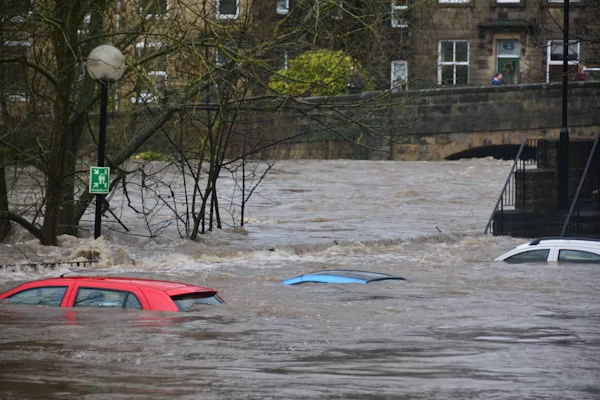
General Disaster Survival Tips
These tips apply to all types of disasters:
Create an Emergency Plan
- Designate meeting spots and emergency contacts.
- Plan for pets and family members with special needs.
Build an Emergency Kit
- Include water, food, flashlights, batteries, a first aid kit, and important documents.
Stay Informed
- Sign up for local alerts and monitor weather updates.
Practice Drills
- Regularly practice evacuation and sheltering drills with your family.
Real-Life Examples of Disaster Survival
Here are some inspiring stories of people who survived disasters by being prepared:
- Hurricane Katrina: Families with emergency kits and evacuation plans fared better during the storm.
- California Wildfires: Homeowners who cleared brush and created defensible spaces protected their properties.
- Japan Earthquake and Tsunami: Communities with early warning systems and evacuation plans saved countless lives.
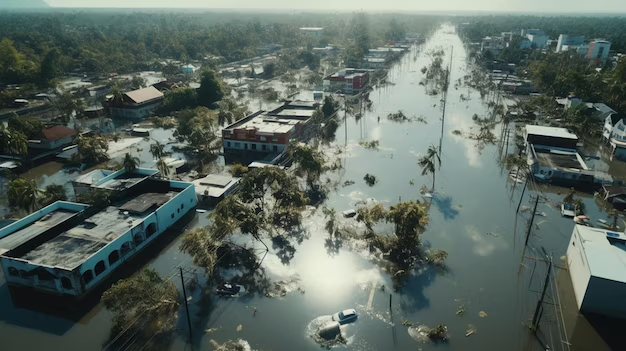
Conclusion
Disasters like floods, fires, and earthquakes can be devastating, but with the right preparation, you can stay safe and minimize damage. By following these Disaster Survival Tips for Floods, Fires & Earthquakes , you’ll be ready to face any crisis with confidence.
So, take action today—create a plan, build a kit, and practice your response. Because when it comes to disasters, being prepared is the best defense.
FAQs
- What’s the most important item in an emergency kit?
Water is the top priority, as it’s essential for survival. - How can I protect my home from floods?
Install flood barriers, elevate utilities, and ensure proper drainage around your property. - What should I do if I’m caught in a wildfire?
Evacuate immediately, stay low to avoid smoke, and follow local authorities’ instructions. - How do I prepare for an earthquake?
Secure heavy items, create an emergency kit, and identify safe spots in your home. - What should I do after a disaster?
Wait for authorities to declare it safe, inspect for damage, and document losses for insurance claims. - How can I stay informed during a disaster?
Sign up for local alerts, monitor weather updates, and use emergency apps. - What should I include in an emergency kit?
Water, non-perishable food, flashlights, batteries, a first aid kit, and important documents.

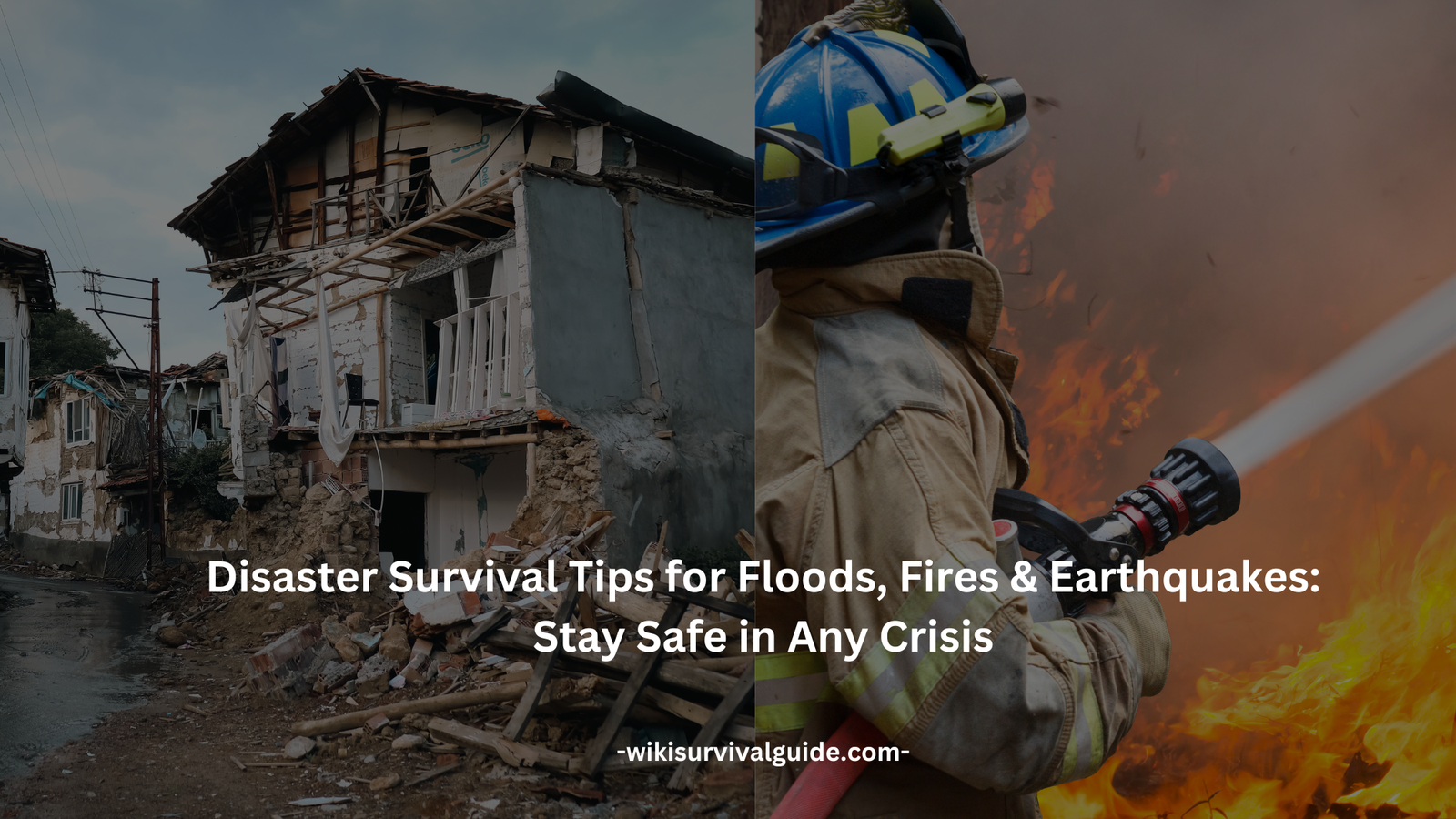
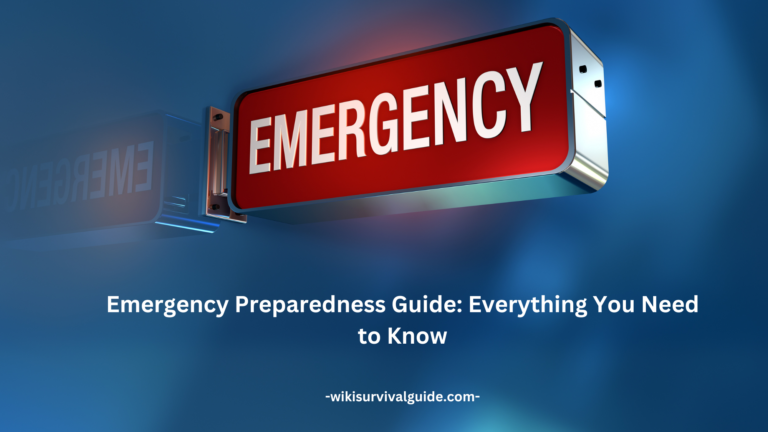

1 Comment